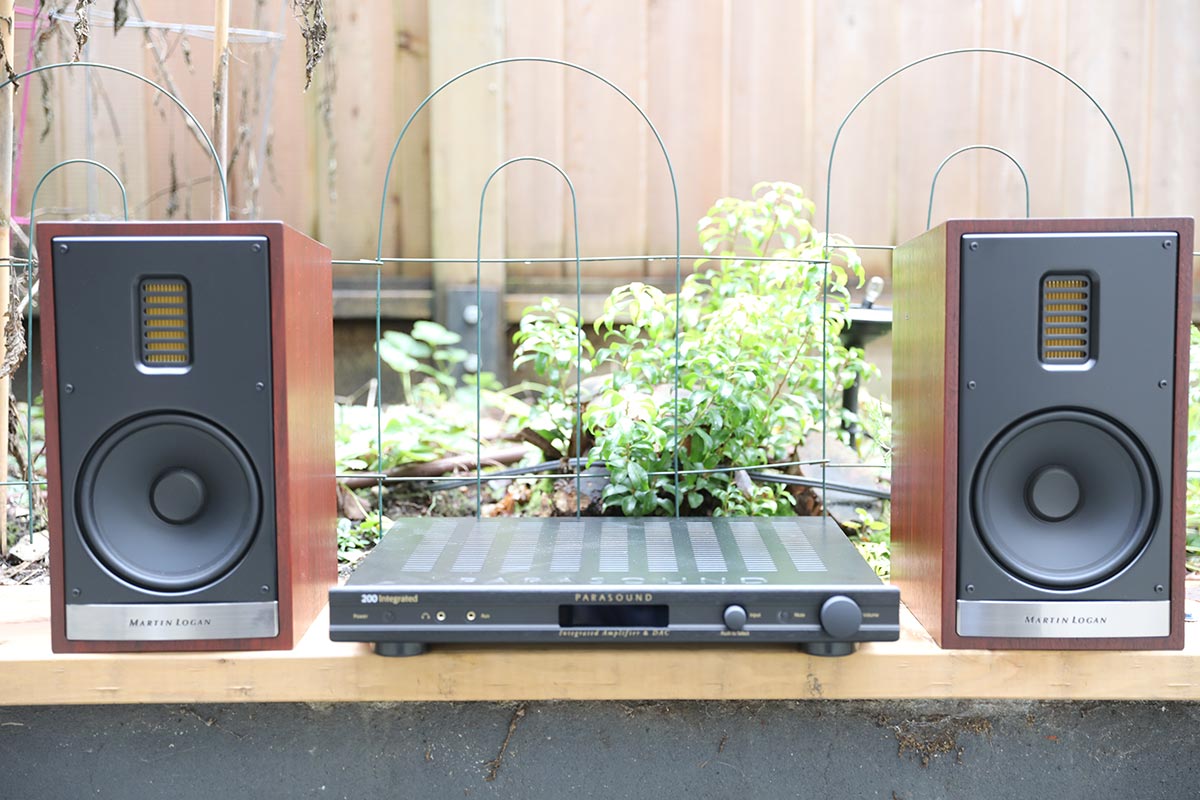
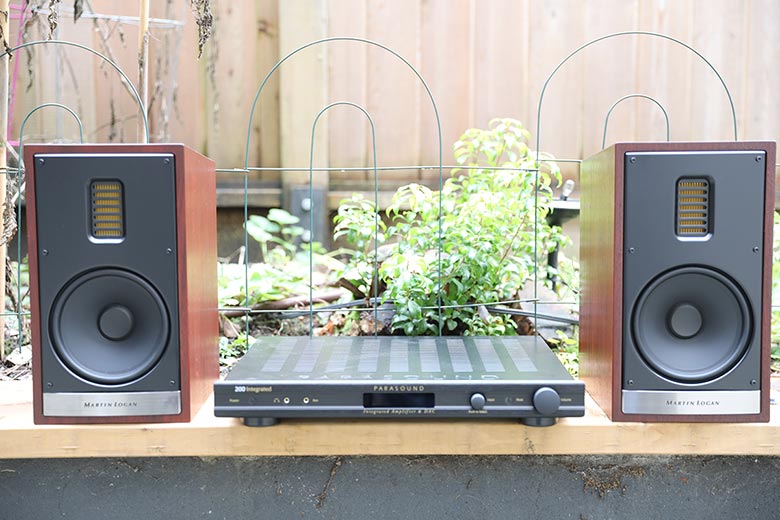
The Master Switch


The Master Switch
Bookshelf speakers are the definition of friendly audio. As the name suggests, these speakers are small and compact, and they make the perfect addition to a new hi-fi system. In this article, we’ve broken down the key steps in choosing bookshelf speakers, from size and placement to wireless audio and matching with an amplifier. For a look at our top picks, see our article on the best bookshelf speakers of 2023.
The first decision you have to make is a very simple one: do you want a pair of wired or wireless speakers? This is a question of both convenience and sound quality. A pair of wired speakers will have to be connected to a stereo amp using speaker wire – the amp will send the audio signal to the speakers, as well as provide them with the power to actually play it. A pair of wireless speakers, however, will have their own internal amps, which means you won’t have to connect them to anything but a power supply.
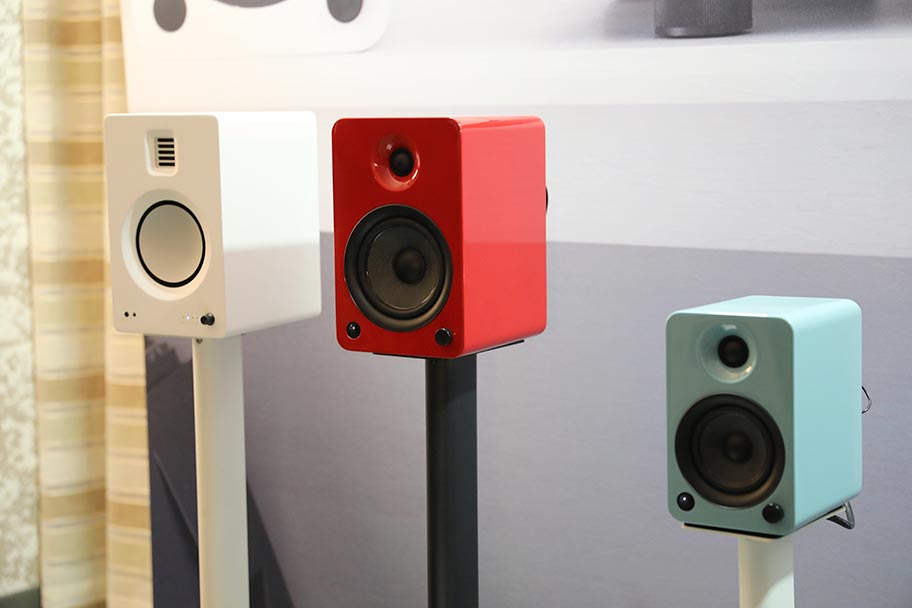
We’re going to speak in very broad terms here. Wired speakers are more traditional and a little clumsier – you are, after all, having to deal with a lot of cables – but they also tend to sound better. With a separate stereo amp, you can generally guarantee a boost in sound quality that you can’t get from wireless speakers. However, you will have to buy a separate amp too. In comparison, wireless speakers smoke traditional wired speakers in terms of convenience. As long as you have a Bluetooth or Wi-Fi connection, you’re good to go. Wireless speakers will also generally have a wide range of wired connections available, allowing you to connect a turntable, a separate DAC (if you have one) and more. Generally speaking, these are not hard and fast rules; we’ve heard plenty of wireless speakers that sound fantastic and plenty of wired speakers that don’t. But this decision is a good starting point when you’re deciding what type of speakers you want in your hi-fi system.
You’ll sometimes see speakers referred to as either active or passive. A passive pair of speakers requires an external amp, whereas an active pair have their own internal amps. Active speakers will almost certainly be wireless, whereas passive ones will not. It’s a complicated way of describing things, but it’s good to know when you’re buying. You can read more about this distinction here.
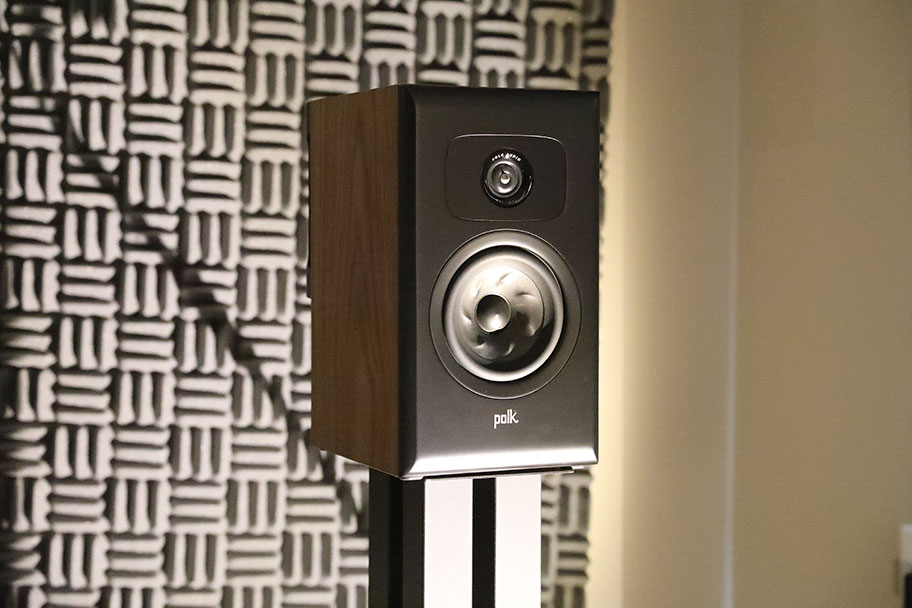
Generally speaking, the standard of bookshelf speakers nowadays is exceptionally high. While it’s rare to get a pair that don’t sound passable, it’s crucial to know their limitations before you buy. With their small size, bookshelf speakers have a limited number of drivers, which are the circular speakers on the front that actually create the sound. Usually, they will have no more than two: a tweeter for the high frequencies, and an “all-range” driver to handle the mids and the bass. This is where one of the limitations of bookshelf speakers becomes apparent: they don’t have the size or power to really pump out thumping bass. When compared to large floorstanding speakers, this is one area where they struggle.
This isn’t universal, of course, but we’ve found that the bookshelf speakers that do have excellent bass usually cost significantly more than their brethren, and boast additional technology. The Polk Legend L200, for example, have a specially-designed rear bass port that produces insanely-good bass. However, the speakers also cost $1,499 a pair, which is way out of reach for most people. They are amazing though, and we recommend considering a pair if you can afford them.
If you listen to music that doesn’t put a huge emphasis on bass, like folk, shoegaze, jazz, or classical, then a pair of bookshelf speakers will probably be fine. If you still want a pair of bookshelf speakers, but you also really enjoy bass-heavy music, then you may want to add an additional subwoofer to your system to help handle the low-end. The good news is that most wired and wireless speakers will be able to connect to a subwoofer without any problems at all. If you don’t have the budget to stretch to this additional equipment, then you may want to look at a bigger pair of floorstanding speakers. We get into these in more detail below.
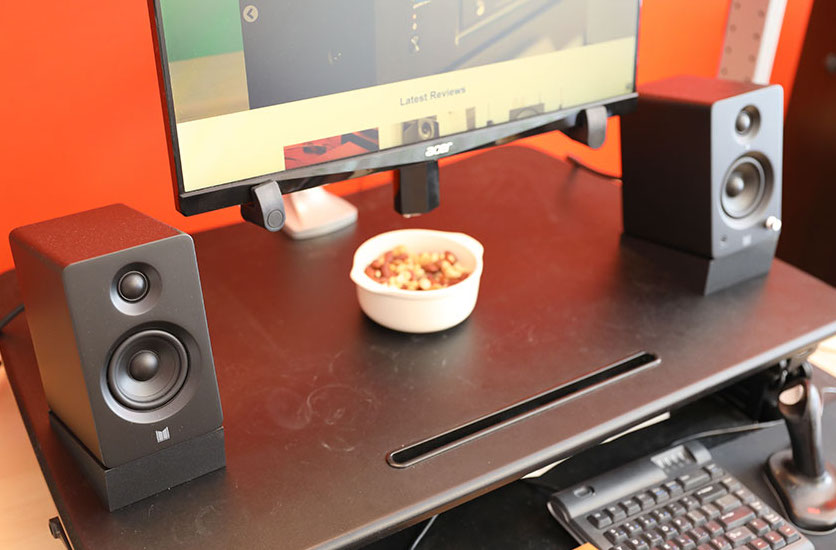
Forget sound quality for a second. Bigger speakers don’t equal better sound. What they do equal, more often than most, is more volume. A larger size means more room for amplification circuitry, if the speaker is active, and it also means larger drivers. If you value volume, then you may want to look at a larger bookshelf speaker.
The problem is, large bookshelf speakers are, well…large. They are heavy and unwieldy, and if you do plan on placing your bookshelf speakers on an actual shelf – more on this in the Placement section below – then they may not be the best option. Smaller speakers, like the excellent Monoprice MM-3 (full review here) may not be quite as loud, but their small size makes them a breeze to move around. This is especially important if you want to experiment with positioning for better sound.
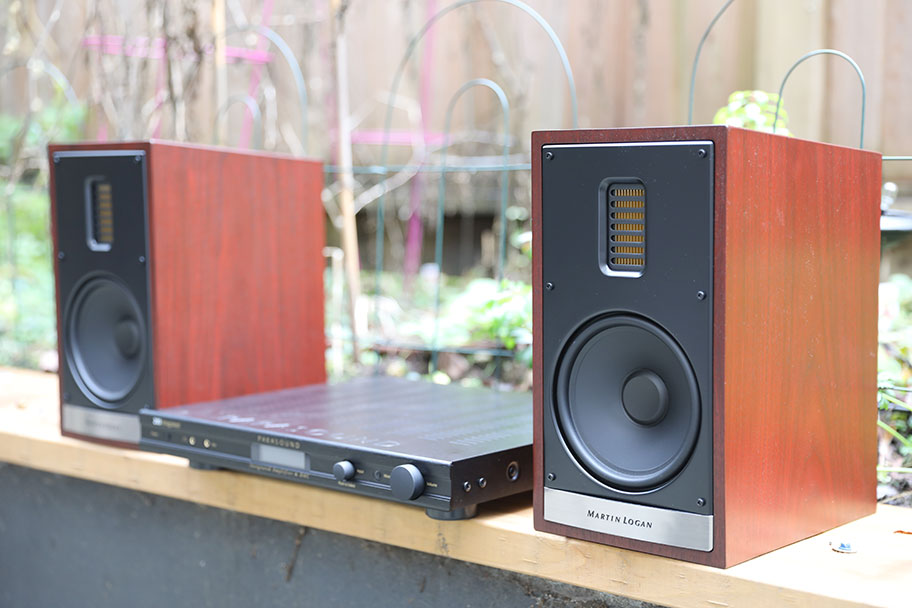
This applies specifically to passive speakers, which are the ones that connect to an amplifier. If you just want a pair of wireless speakers, skip this section. With wired speakers, you essentially want the amp to be sending the right amount of power to the speakers. Too little, or too much, and you risk damaging them – or at the very least, lose sound quality. To be clear, it’s very difficult to do this, even if you do have a power mismatch. However, you can circumvent the issue entirely, and ensure great sound quality, by reading a couple of key specs on your speakers.
Amp output power is measured in watts, and each set of speakers will have a suggested amplifier wattage. Let’s take our current favorite passive speakers, the $349 ELAC Debut 2.0 B6.2. These have a suggested amplifier wattage of between 30 and 120 watts. If using these, all you’ll need to do is find an amplifier with an output wattage somewhere in that range. Be sure to look for something labelled RMS wattage, which is the amount of the power the amp puts out at an average volume level. An amp like the Onkyo A-9110 (full review here) would be ideal, as it has an RMS output power of 50 watts.
You may also see wattage written next to something like 4Ω or 8Ω . This is impedance - a measure of electrical resistance (the Ω symbol means ‘ohms’). Unless you really want to get deep into matching speakers and amps, you can largely ignore it. While it’s generally a good idea to have an 8Ω amplifier matched with a pair of 8Ω speakers, and a 4Ω amp with 4Ω speakers, nothing too dramatic will happen with a mismatch. We can say this for sure, as we’ve done plenty of mismatching ourselves, and not always on purpose. As long as the power output matches, then most modern speakers will be able to handle most modern amplifiers. If you want to get deeper into impedance and output power, check out our complete guide to matching speakers and amps.
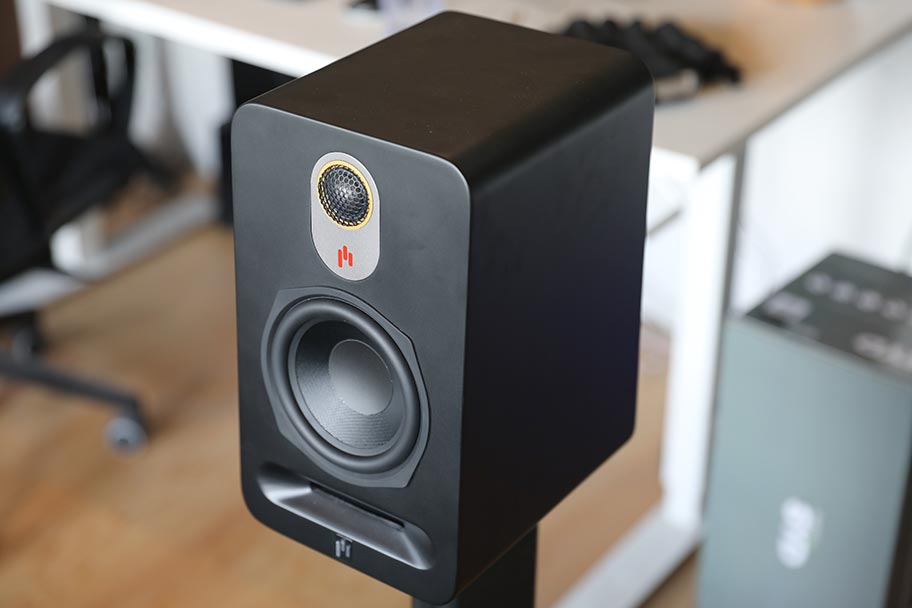
We mentioned loudness earlier, when talking about size. If you want a more objective way of figuring out how loud your potential speaker purchase will be, look at the figure called sensitivity. This is a measure of how many decibels (dB) result when a certain level of power – usually one milliwatt – is put through a speaker. Anything under 86dB is considered low, 87-95dB is average volume, and anything over 95dB has some serious volume to it. Generally speaking, you’ll need to pay a little more for higher sensitivity. Take the The Sixes from Klipsch, which are pricey but have a massive 106dB of sensitivity.
This particular spec only takes you so far, as different manufacturers have different ways of measuring sensitivity, so it’s sometimes quite difficult to compare like for like. But you can use it as a general measure for how loud your speaker is likely to get. This should help you choose one that is right for the type of music you want to listen to.
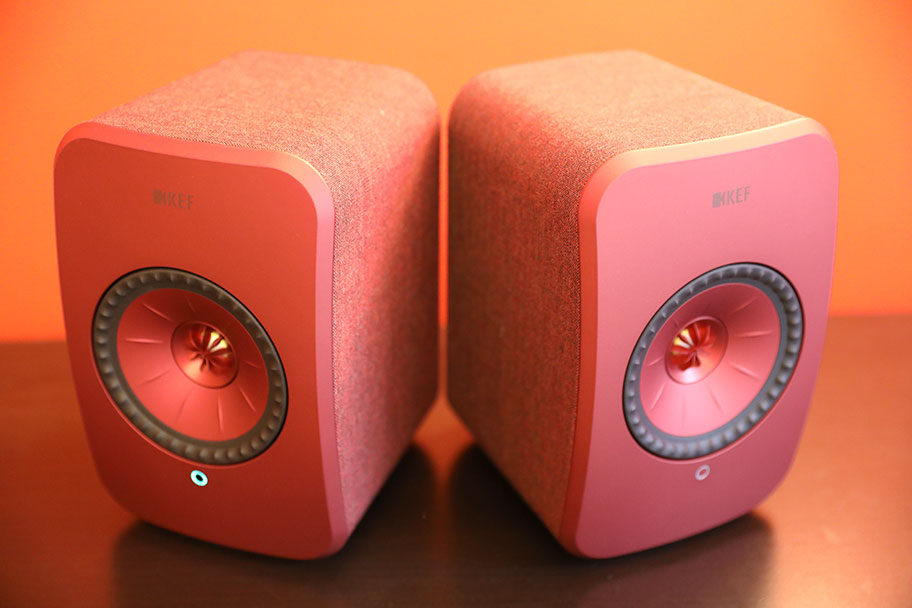
Bookshelf speakers should be placed on separate stands, exactly 1.78 feet from the walls, at a height of the square of the hypotenuse from your ears and...
No. Just no. To be honest, of course you’ll get excellent results if you position your speakers carefully, putting them on stands that isolate them from the ground to help with vibrations, making sure they are at the right height and pointed right at your listening position. But let’s be real here: most of us don’t live in conditions that are conducive to delicate positioning. Bookshelf speakers are called bookshelf speakers for a reason, and it’s totally fine to put them on actual bookshelves. Or coffee tables. Or anywhere, really. No matter where you put them, you are still likely to get decent sound. Manufacturers are even taking this into account when they build speakers. The wireless KEF LSX (full review here) come with an app that lets you select how far the speakers are from the wall, and if they’re on a shelf or stands. The sound then adjusts accordingly. Huzzah!
There are a couple of things worth bearing in mind when positioning your speakers. You should try leave a little bit of space at the rear of the speaker, especially if there’s an open bass port at the back. This will allow air to flow freely and boost your low-end. If you can, you should try and position the speakers so that the tweeter – the small driver – is at ear level. And if you do have the opportunity to use stands, we definitely recommend them. They not only help improve the sound quality, but they also look extremely cool. In our testing room, we use Sanus stands, which are pretty inexpensive. If you’re trying to choose a pair of bookshelf speakers, you may want to consider buying stands as well, but don’t stress if you can’t fit them in your house or you don’t have the money.
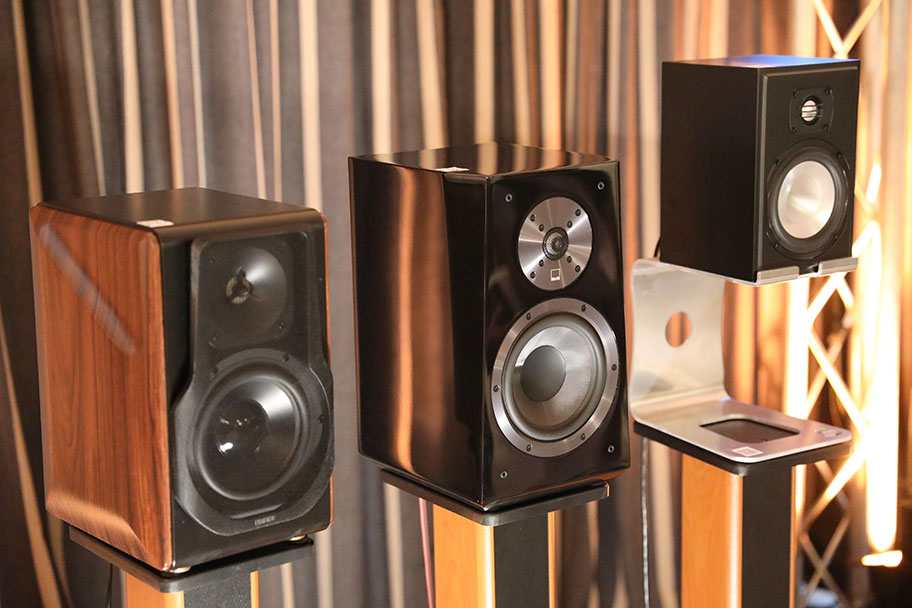
One of the best things about bookshelf speakers is that they can pull double duty. They are very comfortable playing music, but they are just as good as part of a surround sound system. Several of the packages in our list of the best home theater systems of this year incorporate bookshelf speakers. When you have a multi-speaker system, bookshelf speakers – which are smaller than traditional floorstanding speakers – are a lot easier to manoeuvre and take up much less room. What’s even better is that they can fulfil multiple roles, ranging from front speakers to side to rear and even height speakers - assuming you’re OK bolting them to the wall. While we’d still suggest getting a dedicated center channel speaker, and a dedicated subwoofer or two, bookshelf speakers are an excellent choice if you’re putting together a surround sound entertainment system.
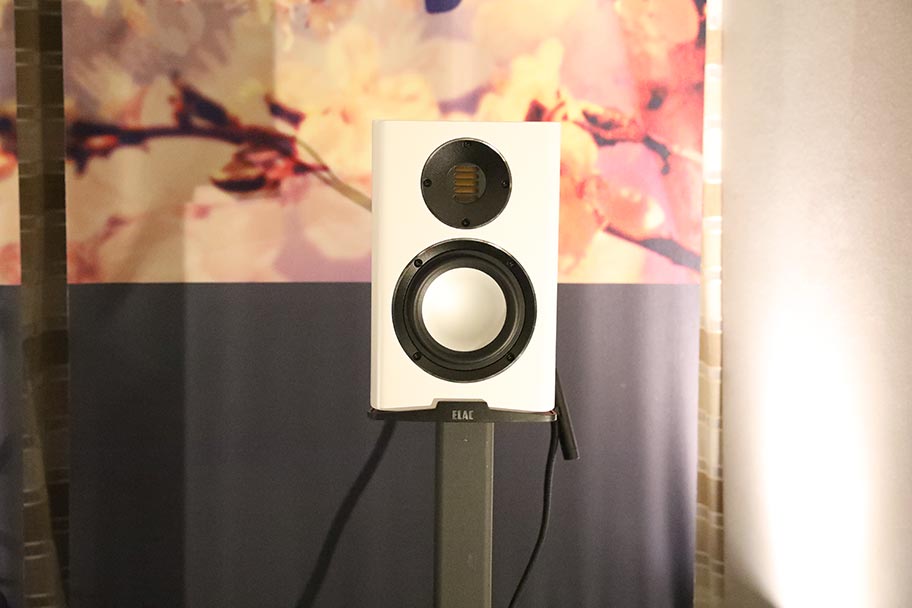
The difference between bookshelf speakers and floorstanding speakers is largely about size and power. Floorstanding speakers, quite obviously, are significantly larger and are usually between three and four feet high. They’re designed to sit flat on the floor, as opposed to on a stand or a shelf. Their larger size means they frequently have more speaker drivers than bookshelf speakers, usually deliver higher volumes, and have significantly better bass. The downsides? Their size makes them unwieldy and they usually require better amps to power them. It’s also very rare to find wireless floorstanding speakers; we racked our brains for this article and we couldn’t think of even one pair. If you have a pair to recommend, let us know in the comments!
The takeaway is that bookshelf speakers offer versatility and wireless options at the expense of power and bass, whereas floorstanding speakers provide better all-round sound in a much larger frame, with wired options dominating. Fortunately, price isn’t an issue, as there are very affordable floorstanding speakers and very expensive bookshelf speakers.
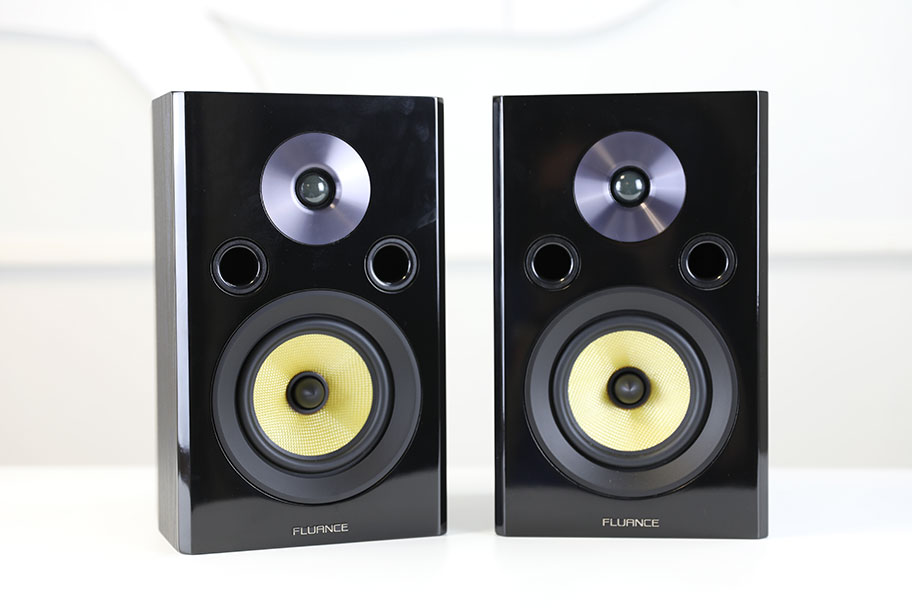
One of the best things about bookshelf speakers is that it’s very easy to get an excellent pair for a small outlay. One of the options on our radar at the moment is the Edifier R1280T, which are a pair of speakers that cost around a mere $100 and perform exceptionally well. Obviously, higher prices will bring better quality, but you can certainly grab a bargain. There are many excellent options between $100 and $300. Beyond that, your options increase even more, as there are hundreds of bookshelf speaker models available at just about any price point you care to name. That price point can get quite high if you let it, and we’ve seen speakers costing $10,000 or more. However, we also don’t think there are significant jumps in quality over roughly $2,000. So, if you’re planning on spending more than that, you should probably have a very good specific reason in mind.
As to where you can buy bookshelf speakers, you’re best to stick to online shopping or dedicated audio stores. While big box electronic stores do stock bookshelf speakers, the quality is often middling, and the prices aren’t great. You’re best to do a little bit of research – which, if you’ve gotten to the bottom of this article, you’ve already done – and go from there. Perhaps by clicking on the button below…